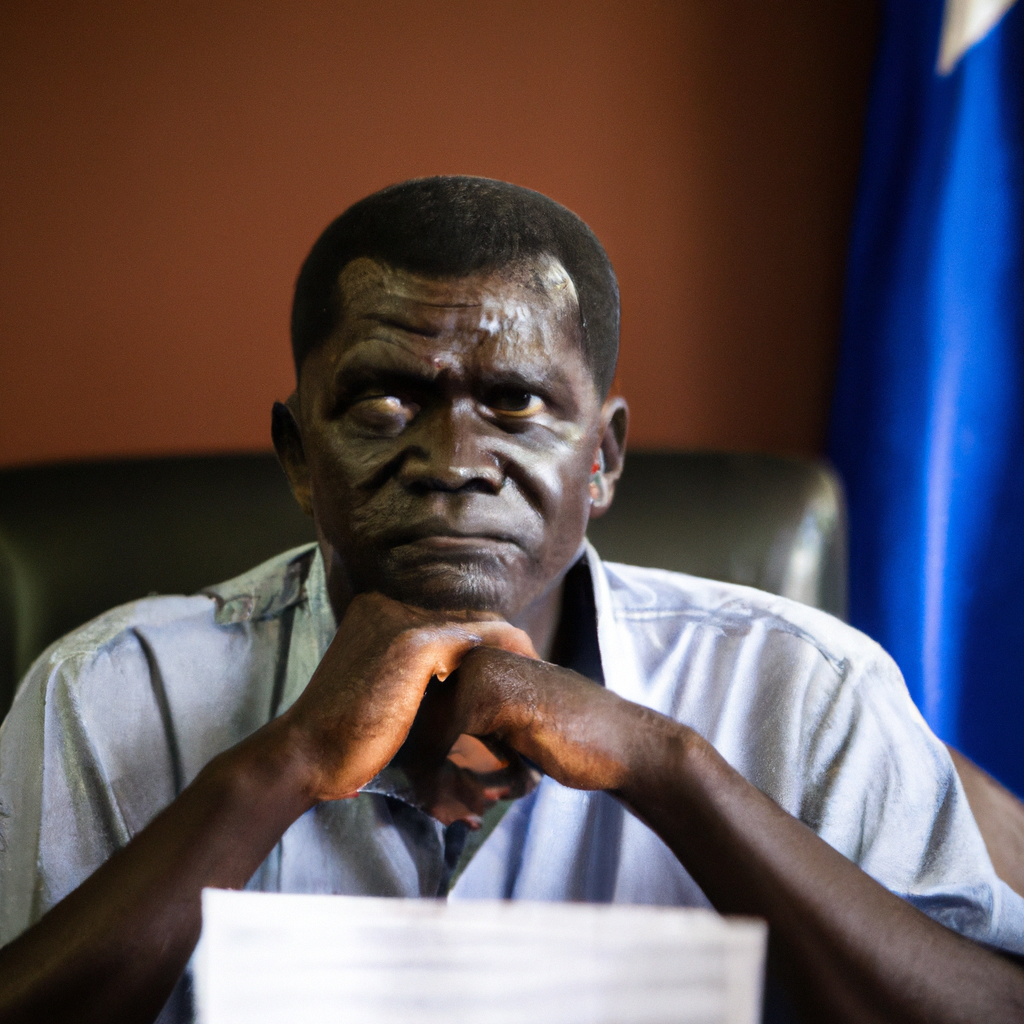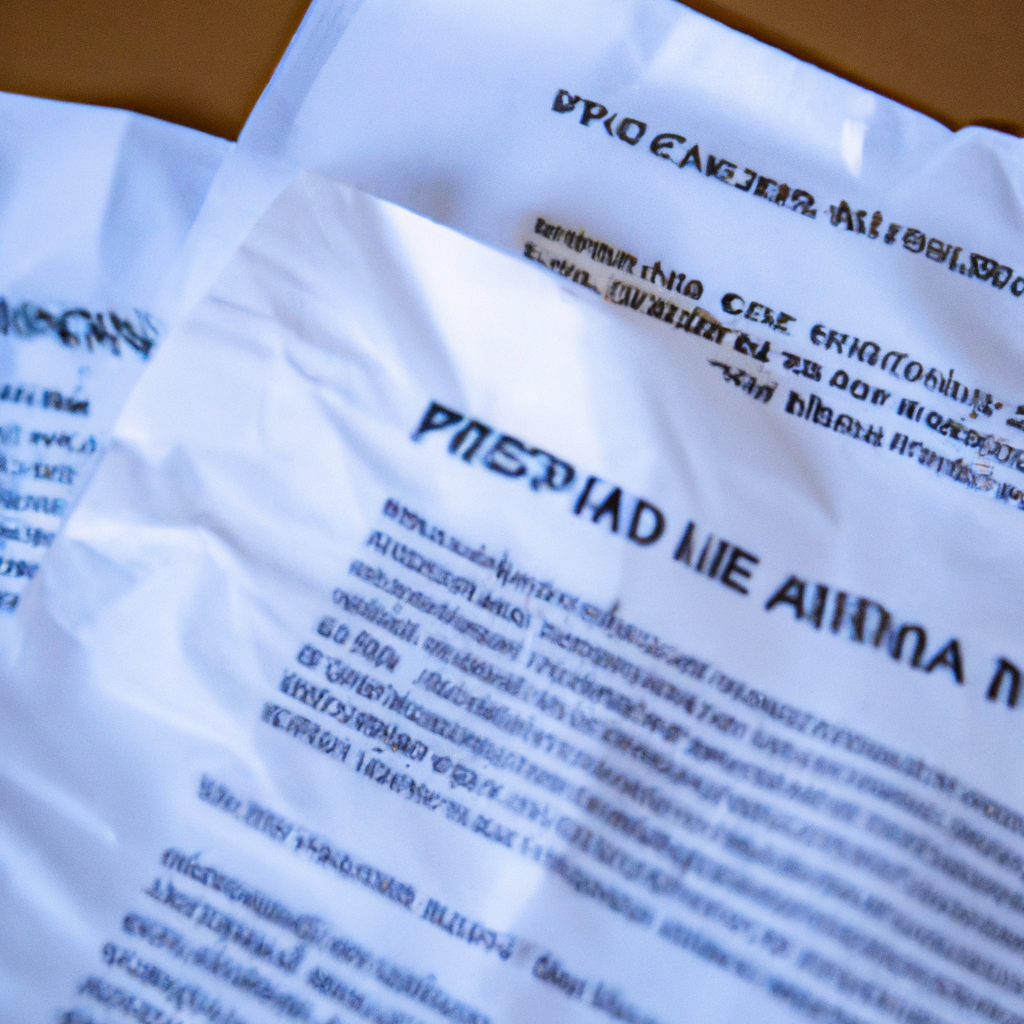The Uganda People’s Defence Forces (UPDF) has officially commenced operations within the Democratic Republic of Congo (DRC) as part of a joint effort to combat rebel groups. This deployment follows months of planning and diplomatic engagements between the Ugandan and Congolese governments. The primary objective is to neutralize the Allied Democratic Forces (ADF), a Ugandan rebel group that has been staging attacks in both countries. The UPDF’s presence aims to restore stability in the volatile eastern DRC region and protect Ugandan borders from cross-border threats. This operation is expected to last for a defined period, with clear exit strategies in place.
Operation Shujaa Commences
The joint operation, codenamed “Operation Shujaa,” which means “bravery” in Swahili, was launched after receiving necessary approvals from both the Ugandan and Congolese parliaments. The initial phase involves the deployment of UPDF troops, along with heavy artillery and equipment, into designated areas within the DRC. These areas are known to be strongholds of the ADF and other armed groups. The UPDF is working closely with the Forces Armées de la République Démocratique du Congo (FARDC), the Congolese army, to coordinate their efforts and share intelligence.
Objectives of the Mission
The main goal of Operation Shujaa is to eliminate the ADF threat and create a secure environment for civilians in eastern DRC. The operation also seeks to:
- Dismantle ADF camps and bases.
- Disrupt ADF recruitment and supply lines.
- Facilitate the safe return of displaced persons.
- Strengthen border security between Uganda and DRC.
The UPDF emphasizes that its mission is purely defensive and aimed at protecting Ugandan interests and regional stability. This deployment is not intended to be a long-term occupation, and the UPDF plans to withdraw its forces once the ADF is sufficiently weakened and the FARDC is capable of maintaining security.
Ugandan Perspective and Concerns
Uganda has long expressed concerns about the ADF’s activities in eastern DRC, which have resulted in numerous attacks on Ugandan soil and the displacement of thousands of people. The Ugandan government argues that the ADF poses a significant threat to national security and regional stability. There are also economic considerations; instability in the region disrupts trade and investment, particularly in border areas.
Diplomatic Efforts and Regional Cooperation
The UPDF deployment is the culmination of extensive diplomatic efforts between Uganda and the DRC, as well as consultations with regional bodies such as the East African Community (EAC) and the African Union (AU). Both Presidents Museveni and Tshisekedi have emphasized the importance of regional cooperation in addressing the security challenges in eastern DRC. The operation has received mixed reactions from the international community, with some expressing support for the effort to combat terrorism and others raising concerns about the potential for escalation and human rights abuses.
Potential Challenges and Risks
Despite the stated objectives, Operation Shujaa faces several potential challenges. The eastern DRC is a vast and complex region with numerous armed groups vying for control of resources and territory. The ADF has proven to be a resilient and adaptable enemy, capable of launching attacks even under pressure. There are also concerns about the potential for civilian casualties and the need to protect the rights of vulnerable populations. The UPDF and FARDC will need to maintain strict discipline and adhere to international humanitarian law to avoid harming civilians and exacerbating the conflict.
Impact on Local Communities
The presence of UPDF troops in eastern DRC is likely to have a significant impact on local communities. While some residents may welcome the UPDF as a force for stability, others may fear the potential for violence and displacement. It is crucial that the UPDF and FARDC engage with local communities and address their concerns. Humanitarian organizations will also need to provide assistance to those affected by the conflict, including displaced persons and refugees.
Future Implications
The success of Operation Shujaa will depend on several factors, including the effectiveness of the UPDF and FARDC, the level of cooperation from local communities, and the availability of resources. A successful operation could significantly weaken the ADF and improve security in eastern DRC. However, failure could embolden other armed groups and further destabilize the region. The deployment also raises questions about the long-term security architecture in eastern DRC and the role of regional actors in addressing the underlying causes of conflict.
The UPDF’s intervention in the DRC represents a significant escalation in Uganda’s involvement in regional security matters. It underscores the government’s commitment to addressing cross-border threats and promoting stability in the region. The operation’s success will be measured not only by the elimination of the ADF but also by its impact on local communities and the long-term prospects for peace and development in eastern DRC. The situation remains fluid, and ongoing monitoring and analysis are crucial to understanding the evolving dynamics of the conflict and its implications for Uganda and the wider region.








